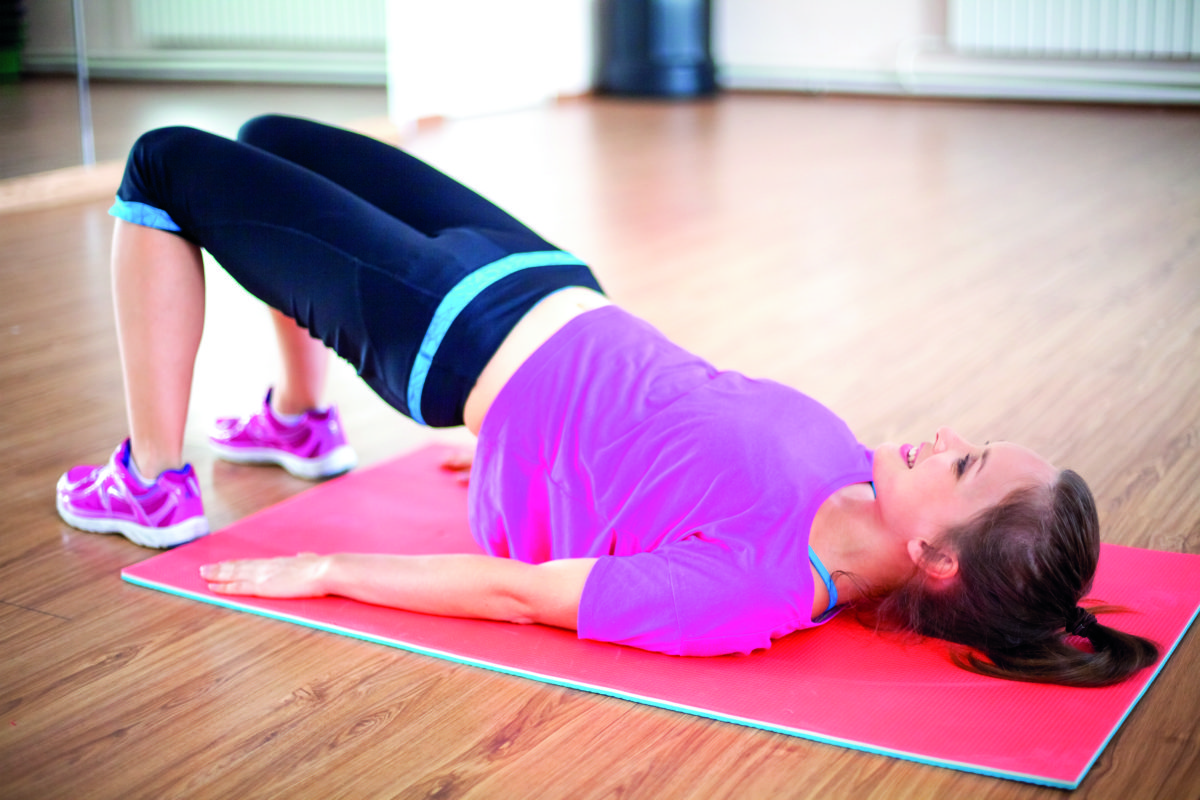Go into any trampoline park in the UK and you are guaranteed to hear talk of ‘pelvic floors’ among the mothers standing at the sidelines, watching their kids leap, spring, and bounce. But what are the medical connotations of this term, and how can we help educate and support patients? The Femeda experts discuss.
Pelvic Floor Muscle Weakness
‘Pelvic floors’ is the code often used by women for pelvic floor muscle weakness that leads to bladder leakage, which affects as many as one-in-three women. The National Institute for Health and Care Excellence (NICE) recommends that the best treatment for women with bladder leakage (urinary incontinence) is a programme of pelvic floor muscle exercises. However, up to 50 per cent of women find it difficult to identify and exercise their pelvic floor muscles.
Where are the Pelvic Floor Muscles?
The pelvic floor is a layer of muscles, blood vessels, nerves, and fibres that runs from front-to-back under the pelvis. It is attached to the pelvic bones and looks a bit like a shallow bowl. Its job is to help control the bladder and bowel so when it weakens, you lose that control.
How do you do Pelvic Floor Muscle Exercises?
To be effective in strengthening the muscles, pelvic floor muscle exercises should be performed three times every day for at least three months. (NICE, 2019)
There are two types of pelvic floor muscle exercise:
1. Long, slow contractions
Imagine that you are trying to stop yourself passing wind or urine. Start by tightening the muscles around the back passage, then squeeze and lift your pelvic floor muscles upwards and forwards. You may not feel that much is happening at first, but keep trying.
Hold the squeeze for a few seconds and then relax for a few seconds. Don’t hold your breath.
Gradually increase the hold time and the number of contractions you do until you can hold the squeeze for up to 10 seconds, and repeat it up to 10 times.
2. Short, strong contractions
Because it’s important for your pelvic floor muscles to be able to react quickly to stop you leaking when you cough, sneeze, jump, laugh, or shout, you need to do these contractions too. Tighten your muscles as quickly and strongly as you can, then relax. Repeat this up to 10 times.
You might prefer to start doing your exercises lying down, or sitting on a rolled-up towel, so that you feel the pressure underneath the pelvic floor muscles as you try to contract them upwards and forwards away from the towel. As you get stronger you should be able to do your exercises in any position.
The Problem
Pelvic Floor Muscle Specialist, Julia Herbert, explained, ‘Women often come to me with weak pelvic floor muscles and say that they know that they’re meant to be squeezing their pelvic floor but don’t actually know what they are supposed to be squeezing.
‘Many say that they have tried exercises for months and months but to no avail – their bladder leaks have not improved. There are many reasons for this; some women can’t exercise effectively because their muscles have become too weak, a common result of pregnancy and carrying the growing weight of a baby for nine months.
‘However, weakening also occurs as a result of hormonal changes during the menstrual cycle, the menopause, increased weight, heavy lifting, strenuous exercise, straining with chronic constipation, or just getting older. Some women may lose the connection between the brain and the pelvic floor.’
Pelviva
Julia is Clinical Director at Femeda, which has recently launched Pelviva – an award-winning pelvic floor muscle re-trainer that targets the cause of bladder leaks. The Pelviva treatment has been clinically proven to improve bladder leakage in 84 per cent of women.
‘As there are so many women struggling to find and exercise their pelvic floor muscles, Pelviva has taken the principles of an NHS treatment to help women retrain their pelvic floor muscles and, using the latest technology, developed it into a clinically-effective product, that has been tested for safety. Pelviva is discreet and is easy to use at home. It helps women understand where their pelvic floor muscles are and what a correct pelvic floor muscle contraction feels like,’ Julia concluded.
Pharmacy teams are ideally placed to support and educate female customers on the benefits of using Pelviva alongside recommended exercise. Female urinary incontinence is the single largest condition in female health and this pioneering medical device targets the root cause of the problem for women – weak pelvic floor muscles – providing a treatment for the condition and the opportunity to improve quality of life.
It is a highly sensitive condition where, up until now, women have been forced to accept that most solutions have just helped them cope with the condition or alleviate symptoms.
Pelviva provides a new clinically-proven treatment for pharmacy staff to support women to rapidly reduce bladder leaks over a 12-week period.
For more information,
visit www.pelviva.com.








